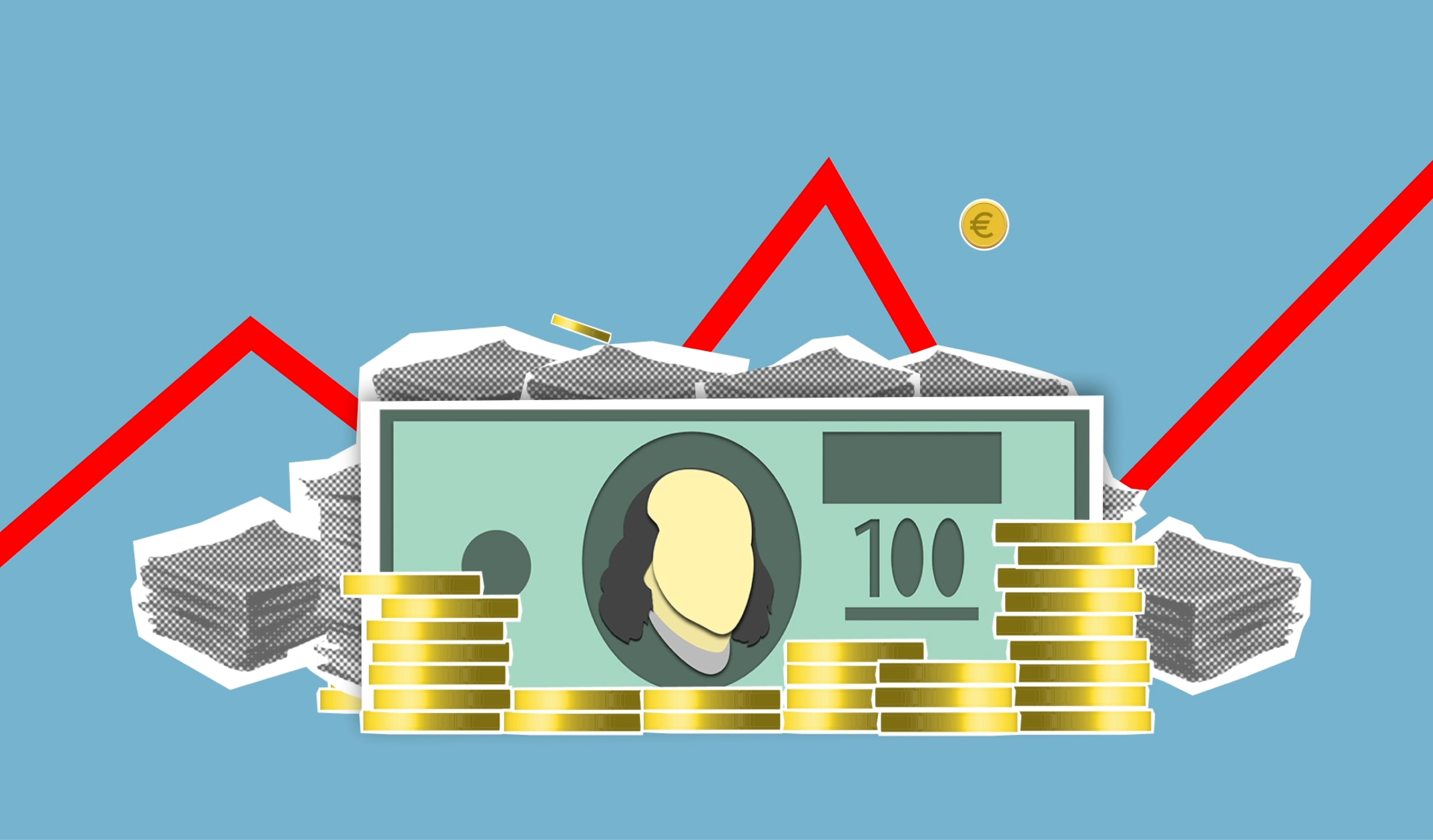A Trade Reference is a report detailing the payment history between a business customer and its supplier or vendor. Trade references may be supplied verbally, in the form of a trade reference letter, or by reporting payment history to commercial credit reporting agencies such as Dun & Bradstreet, Experian or Equifax.
Trade credit advantages and disadvantages
The following are advantages and disadvanges to trade credit.
Advantages:
- Often easy to get compared to small business loans
- Improve cash flow
- May help build business credit
Disadvantages:
- Lower credit limits
- Limited purchasing options
- May not help business credit
How to Get a Trade Reference
You get trade references by doing business with companies that allow you to buy goods or services and pay them later. This arrangement comes in “net terms” such as net 30 terms where payment is due in thirty days after the due date. Longer terms are available with those businesses that are established and considered good customers.
Companies extend credit to businesses they trust. They might request written or verbal trade references from your existing relationships or might check business credit reports to evaluate your business payment history with other creditors.
New Businesses
New businesses want to see out companies that offer vendor terms and are open to working with those businesses that are less than two years old or do not have an established business credit record to get trade references.
Good trade references can be helpful when it comes to qualifying for small business financing. When filling out a credit application for business financing, you might be asked to provide names of the vendors or suppliers so your payment history can be verified.
Some of the companies you pay on terms will report payments to business credit reporting agencies. On-time payments on these accounts can help you build business credit. Dun & Bradstreet’s score, for example, is heavily weighted toward trade credit experiences. Strong business credit is one of the factors— along with time in business, revenues and/or personal credit scores— that small business lenders may consider when evaluating applications from entrepreneurs seeking business loans for financing.
Some vendors are willing to accept trade reference letters or will do a verbal verification with your existing suppliers if your business credit scores are not strong. That is why the might ask for the names of trade credit references on a credit application. This is time consuming so be sure to start building your business credit as soon as you can.
Trade references are unlikely to be checked when applying for business credit cards. Credit card applications are evaluated based on the owner’s personal credit scores. It is not common these days for banks to request trade references when extending credit, though you should be prepared to provide these references whenever you apply for financing.
Examples of a Trade Reference
Here is some of the information that might be included in a trade reference:
- Customer identifying information
- Credit terms
- Date account opened
- Open AR balance
- Past due balance
- Highest previous balance
- Days beyond terms
- Number of late payments
- Credit limit
- Credit transactions
Trade Reference vs Trade Credit
Trade credit is when a business will allow another business to purchase goods or services without paying up front. The trade reference – how that customer manages that credit— is the result of that relationship. The two are closely intertwined: you get trade credit and then your payment history determines whether that company is likely to give you a positive trade reference.
The Bottom Line
You do not need to have excellent personal credit to start establishing trade credit. Some companies that extend trade credit will not check the business owner’s personal credit reports at all. Others might do a “soft check” to rule out low personal credit scores. That means you might be able to secure credit with suppliers even as you work on your personal credit.











